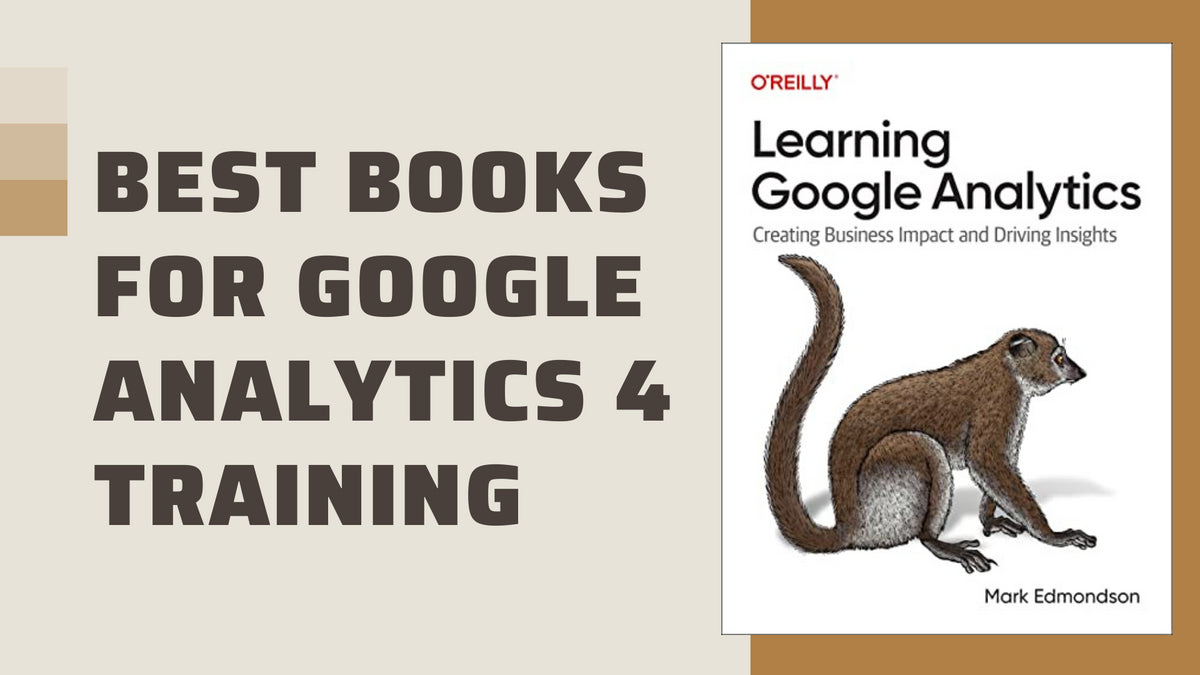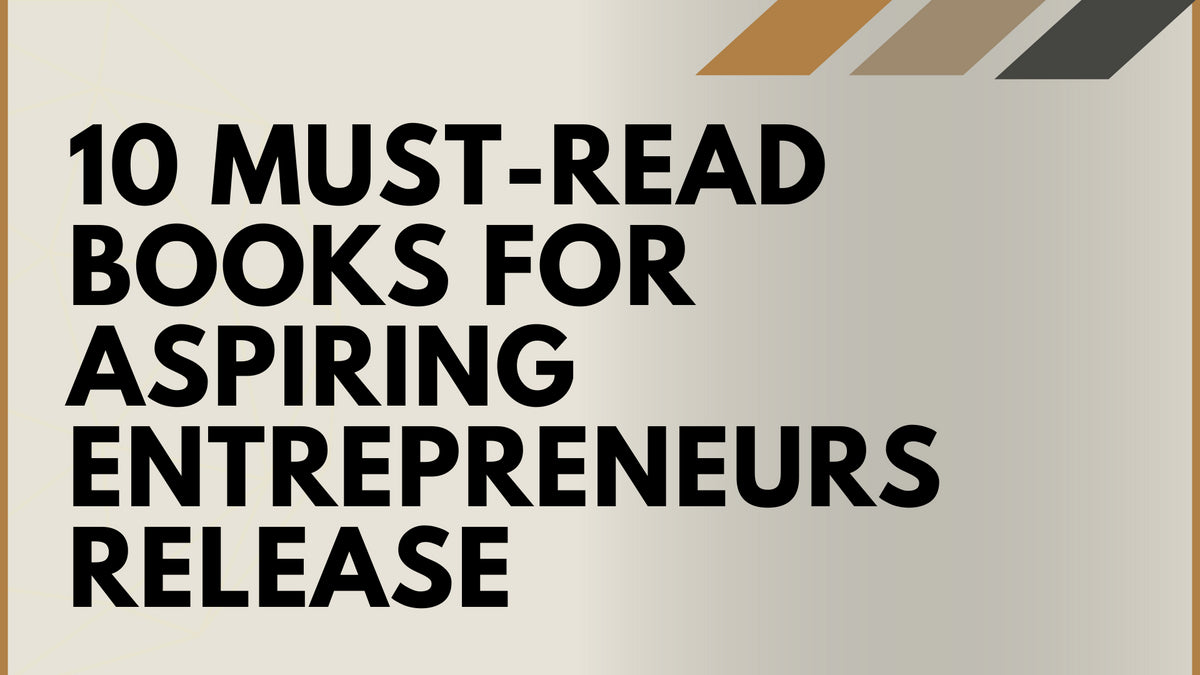Your Cart is Empty
The Workplace Engagement Solution Book Summary: How To Keep Employees Engaged
Listen To This Article
A Book To Improve Employee Engagement
Employees today are not fully engaged with or enthusiastic about their work. The real reasons for the persistently low workplace engagement levels are employees who struggle to find purpose in their work and to manage constant change.This book offers an actionable solution focused on engaging employees through relationship building and personal accountability. Harder explains that we must help them connect to the organizational vision by assisting them to get what they want out of work for personal and career purposes.
Management For Better Employee Engagement
- How to change from a hierarchical command-and-control leadership style that was suitable in the Industrial Age but a poor fit for the modern technology-based organization subjected to constant change.
- Increasing engagement by developing a democratic process that involves everyone and creates a sense of equal responsibility among employees.
- Importance of unlearning and identifying beliefs and behaviors that prevent the workforce from being adaptive to change
- Importance of the “engagement CEO” in creating an engagement culture
- Moving employees beyond a focus on predictability and survival, helping talent adopt new mindsets that embrace change and are supported by the right behaviors, like transparency and appreciation
- Develop a common mission, vision and purpose in the workforce through leadership that helps employees access what they want out of their work, their careers and even their lives
- Develop a support system that reinforces and expands on personal and organizational growth as intersecting forces
- How to engage mid-management, the most disengaged of all workers

Featured In This Review
The Workplace Engagement Solution
$14.99
A book to drive enthusiasm and interest in your staff. Don't fall victim to the 4 failures of mediocre businesses. Thrive and inspire your team to improve!
SHOP NOWWorkplace Engagement Solution Book Summary
When this book was published in 2017, global employee engagement was at 13 percent per Gallup, and it has barely budged since then. One of Gallup’s more recent surveys found that the global employee engagement number had moved a bare 2 percentage points to 15 percent. Such low engagement numbers impact the business in many ways, with employee productivity and customer satisfaction suffering the most.
Organizational leaders recognize the problem and try to address it with “things” like free meals, flex work schedules, health and wellness programs, generous leave time and on and on the list goes. The underlying belief is that focusing on employee health and happiness will increase the engagement level, but it hasn’t worked that way. So the obvious question is: Why and what can be done about it?
Want to buy a book review like this?
Click here to learn how to get your book reviewed!
The premise of “The Workplace Solution” is that typical engagement initiatives are not owned by the CEO and employees experience a detachment from the organization’s mission, values and purpose. Instead the organization’s CEO or business leader tells Human Resources to fix the problem and walks away. This is not likely to be the suggested behavior discussed in the book Leading written by the legendary soccer coach of Manchester United, Alex Ferguson.
A flurry of activities follow – surveys, feedback, leadership training – but the bottom line is employees recognize the CEO’s lack of commitment and recognize nothing will change. They struggle to get work done while coping with rapid change, even as the rate of change accelerates due to technology.

The staff and mid-managers develop a coping mechanism and function in a trance. People feel detached, going through the motions without purpose or focus on obtaining personal and work success. They are just getting by. This book does an excellent job of outlining the solution for the problem for workplace engagement, but another wonderful book with its own idea for how business leaders can improve organizational health is The Advantage.
The “Workplace Engagement Solution” begins with an in-depth explanation of why so many employees remain disengaged. David Harder believes that organizations are having great difficulty in shifting from the conventional command-and-control leadership that emerged during the Industrial Revolution to a democratic style better suited to helping people thrive within rapid, disruptive and transformative change.
Leaders and frontline employees need new work and life skills or else they dissolve into working in a trance in which pursuing predictability and survival is the end goal.
There is a solution, says the author. The solution revolves around creating an engagement culture, driven by an “engagement CEO.” The leader’s behavior is the keystone to the success of great organizations and you can learn much more about how they can build and lead in the book Team of Teams.
In the ideal culture, people from the C-suite to the frontline find within themselves the motivation and connectedness to work that leads them to embrace change as an opportunity to fulfill personal and work goals. It is mindset and behavioral change. Change stops being something to fear and becomes something crucial for achieving happiness. For more on what it takes to be happy and successful read the book Stumbling On Happiness.
The organization must first help talent embrace new perspectives and learn new life skills so that people can deal with sudden change in a productive manner, rather than becoming fearful and falling back on old behaviors that keep them stuck in the past.
The author first reviews the filters of engagement which are cynicism, contempt, aimlessness, resignation and frenzy and are coping mechanisms for survival and to maintain predictability in work.
Harder believes that people need a personal and compelling vision to end their trance, rise above aimlessness and navigate through change and uncertainty. It is a novel perspective. Leaders don’t engage employees, per se. They help employees engage themselves, reconciling their personal and work visions and goals. A book written by an FBI negotiator may seem like an odd recommendation at this point, but Never Split The Difference dives deep into human behavior and mindset and is excellent for more on ways to speak and behave with your team.
The cornerstones for engaging people in the organization’s vision are transparency to develop collective pride and high quality work; a value-driven culture in which everyone is held accountable; a mentoring culture in which change agents are found throughout the organization; and an effective support system created by leadership that fosters strong relationships among employees. The book provides specific direction on how to navigate each of these cornerstones. Another book to read in this vein is Extreme Ownership by Navy SEAL Jocko Willink.
One of the interesting aspects of this book is that it explains why leaders must take an interest in the personal goals and needs of employees in order to engage them in the mission, vision, and purpose of the organization.
The old school leadership style does not concern itself with employee perspectives, needs or wants, so it’s really not surprising workers are disengaged. Leaders who help employees fulfill their personal vision and dreams will increase engagement in the workplace, and that in turn will increase productivity and customer satisfaction and enable the company to fulfill its mission in the midst of constant change.
The author encourages business leaders to imagine a work environment where people pursue change, connect with others for personal and career growth, feel valued and appreciated in a democratic culture, and find fulfillment in their work and personal lives. Disney is perhaps the best example of this culture. You can read more about their incredible leaders in Creativity Inc. and Creating Magic.
Helping employees develop skills in connecting with others is crucial. It may require sales training, presentation skills training and/or community building (social networking) training. The social media training may sound unnecessary since people are so familiar with this technology. The perspective in this case is purposefully using social media as the fastest medium for growing a strong support system for personal and professional growth.
Harder points out that mid-managers are often the least engaged employees, and it’s easy to understand how that impacts their staff members. Someone who is not engaged is unlikely to engage others through behaviors like mentoring, giving recognition and offering skill building opportunities.
Mid-managers must be transformed into strategic thinkers who build networks, understand change management and are committed to helping others succeed. Ryan Berman refers to this as creating a Believership in his book Return On Courage.
Where does the transformation start? As mentioned, it must start with the CEO or business owner taking charge of the culture personally. An engagement CEO moves the vision from short-term financial performance to long-term value and brand strength. This CEO is connected to the frontline employees, is transparent and learns from others. More specific examples of companies with engaging cultures can be found in the book Small Giants.
So much more is covered in The Workplace Engagement Solution. There is discussion on hiring people who are the right fit and developing leadership and staff skills for tomorrow. More can be found in the books WHO or The No Asshole Rule.
The next to last chapter titled “Getting Started” is a step-by-step actionable guide for transforming an organization into one with a positive culture and engaged workforce. The last chapter is a set of questions that CEOs and managers can ask to solicit feedback.
The information in this book is presented in an interesting way, and the advice is practical and forward-thinking. The clear guidelines on beginning and progressing the organizational transformation makes the book a practical guide and not just a theoretical discussion.
Any organization of any size will find useful takeaways, but especially those struggling to raise their employee engagement level and become an adaptive culture that pursues change as a source of success. Another book to read after this one is Good To Great which is about why some companies make the leap and others don't.
About The Author David Harder
In 1990, David Harder founded Inspired Work, a consulting and employee development company focused on helping individuals transform their relationship to work and helping organizations build great environments in which to work.
More than 43,000 individuals have completed the programs to redefine work based on personal standards, values and truth. They use the services for a variety of reasons, including career marketing, business start-up and creating a new relationship with work.
The organizational programs are focused on teaching leaders how to develop a democratic work environment to increase employee engagement. Programs include executive development, transformative skill building, inspired social networking and inspired sales. He debuted his leadership program at Walt Disney Company in 2001 and since then has developed new programs at prestigious companies and academic institutions like HBO, Amgen, McKesson, the University of Southern California and Loyola Marymount University.
David Harder first wrote The Truth About Work (Health Communications) which has been translated into multiple languages. The Workplace Engagement Solution (Career Press) is his second book and will soon be followed by a co-written third book focused on helping parents prepare their children for the future of work.
David Harder is sought for speaking engagements and is also one of the Columnists & Featured Contributors for BIZCATALYST360.com, an online publishing house that publishes and distributes his essays across numerous social media channels to millions of readers. He has appeared on many human-interest and business programs, including CNN, Business News network, KFWB News and KTLKA News.
Want to buy a book review like this?
Click here to learn how to get your book reviewed!
Leave a comment
Comments will be approved before showing up.
Also in Books

The Best Books for Google Analytics 4 (GA4) Training
Unlock the secrets of Google Analytics 4 with our curated list of the best GA4 training books for 2023! Dive deep into actionable insights, master advanced techniques, and lead the digital analytics revolution. Don't get left behind; discover the ultimate resources to dominate GA4. Click now to elevate your skills!
Read More
10 Must-Read Books for Aspiring Entrepreneurs
Do you dream of starting your own business? If so, you need to read this article! We've compiled a list of 10 must-read books for aspiring entrepreneurs. These books will provide you with the knowledge and inspiration you need to turn your dream into a reality. Click here to read the article and learn more!
Read More
Top 15 Books on Personal Finance
Are you looking for a safe and informative place to learn about personal finance? If so, you've come to the right place! This article discusses the top 15 personal finance books on the market, all of which are sure to help you improve your financial situation without any explicit sexual descriptions or that is sexually suggestive in nature or is primarily intended to cause arousal.
Read More